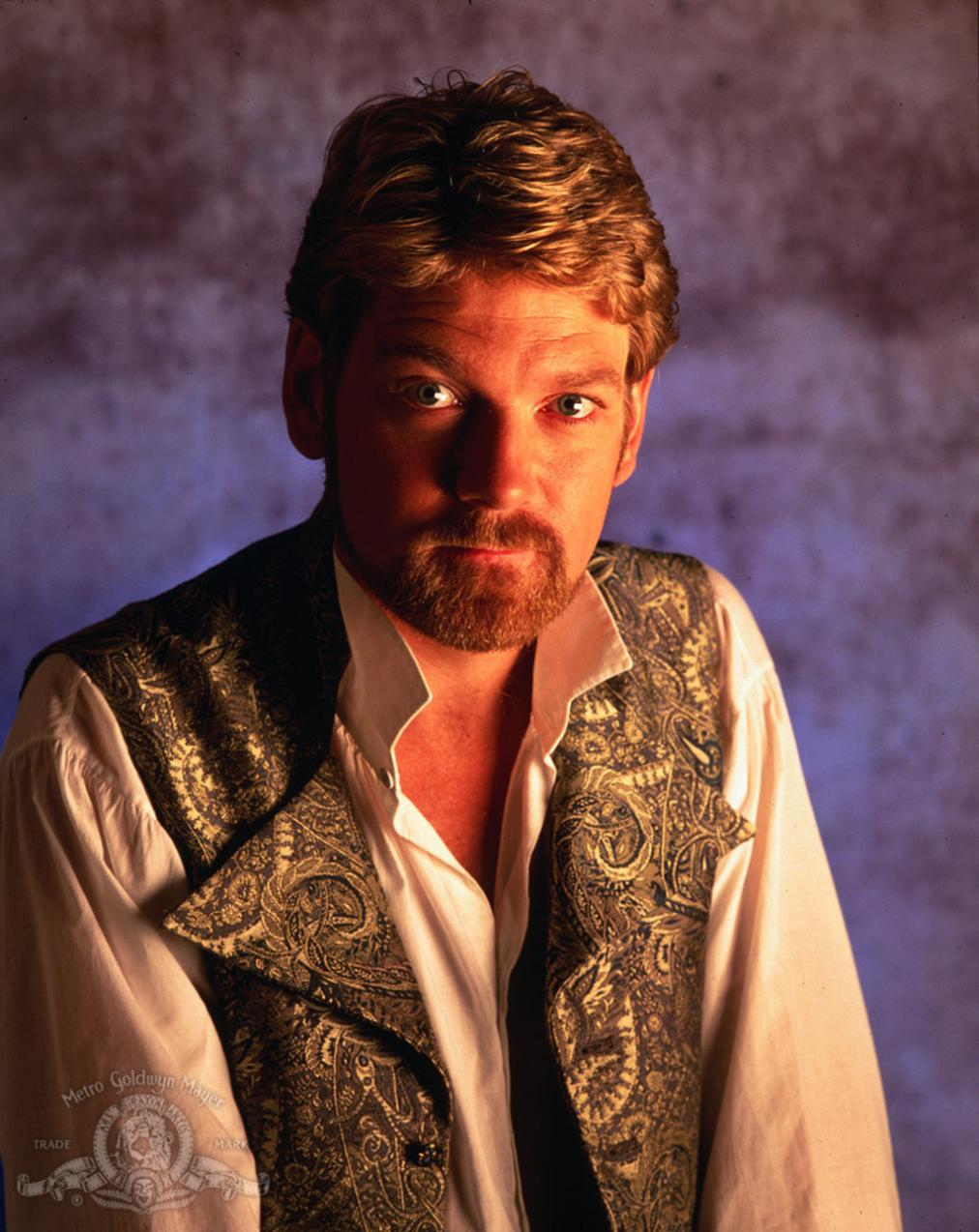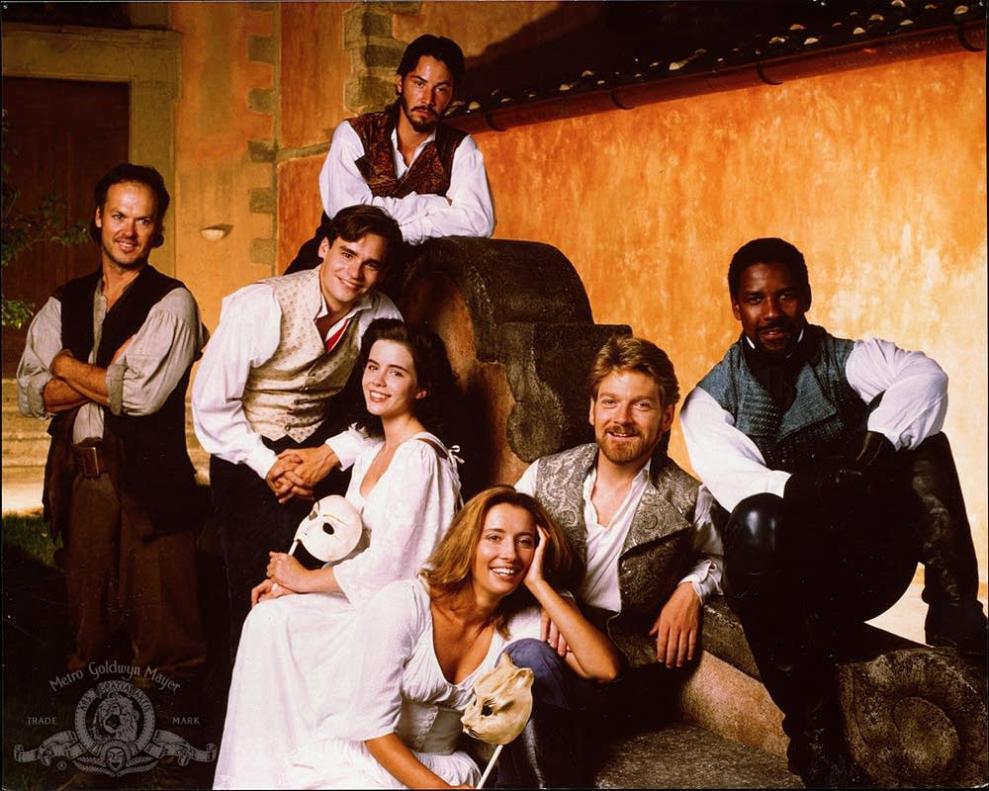How Does Shakespeare Use the Theme of Love to Create a Happy Ending in Much Ado About Nothing?
William Shakespeare's "Much Ado About Nothing" is a delightful comedy that explores the complexities of love and relationships. The play centers around the theme of love and how it can overcome obstacles to create a happy ending.

I. Love As A Central Theme
Love is the driving force behind the plot and characters of "Much Ado About Nothing." Shakespeare portrays various types of love, including:
- Romantic love: The witty banter and eventual romance between Beatrice and Benedick is a central focus of the play.
- Unrequited love: Claudio's initial infatuation with Hero, which is manipulated by Don John, leads to misunderstandings and heartache.
- Paternal love: Leonato's deep affection for his daughter Hero is evident throughout the play.
- Platonic love: The friendship between Beatrice and Benedick, which eventually blossoms into romantic love, is a testament to the power of platonic relationships.
II. The Obstacles To Love
The course of love in "Much Ado About Nothing" is not smooth. Several obstacles hinder the characters from finding happiness:
- Misunderstandings and miscommunication: Beatrice and Benedick's pride and stubbornness lead to misunderstandings and miscommunication, preventing them from acknowledging their feelings for each other.
- Pride and prejudice: Claudio's initial judgment of Hero, based on false accusations, creates a rift between them.
- Social conventions and societal expectations: The societal expectations of marriage and honor influence the characters' actions and decisions.
- External forces: Don John's schemes and manipulations create chaos and threaten the happiness of the characters.
III. The Power Of Love To Overcome Obstacles
Despite the obstacles, love ultimately triumphs in "Much Ado About Nothing." Shakespeare demonstrates the power of love to:
- Overcome pride and prejudice: Beatrice and Benedick overcome their pride and admit their love for each other, leading to a joyful union.
- Heal misunderstandings: Claudio realizes his mistake and reconciles with Hero, restoring their love and trust.
- Unite the community: The community comes together to celebrate the power of love and the restoration of harmony in Messina.
IV. The Happy Ending

The play concludes with a happy ending, thanks to the transformative power of love:
- Beatrice and Benedick's marriage: The witty banter between Beatrice and Benedick culminates in their marriage, symbolizing the triumph of love over pride and prejudice.
- Claudio and Hero's reunion: Claudio and Hero's reconciliation and reunion restore their love and honor.
- The restoration of harmony and joy in Messina: The resolution of conflicts and the celebration of love bring harmony and joy back to the community of Messina.
V. Conclusion
In "Much Ado About Nothing," Shakespeare explores the complexities of love and its power to overcome obstacles and create a happy ending. The play's timeless and universal themes of love, forgiveness, and reconciliation continue to resonate with audiences today.
Shakespeare's skillful use of language, humor, and character development brings the theme of love to life, making "Much Ado About Nothing" a delightful and thought-provoking comedy that celebrates the transformative power of love.
YesNo

Leave a Reply